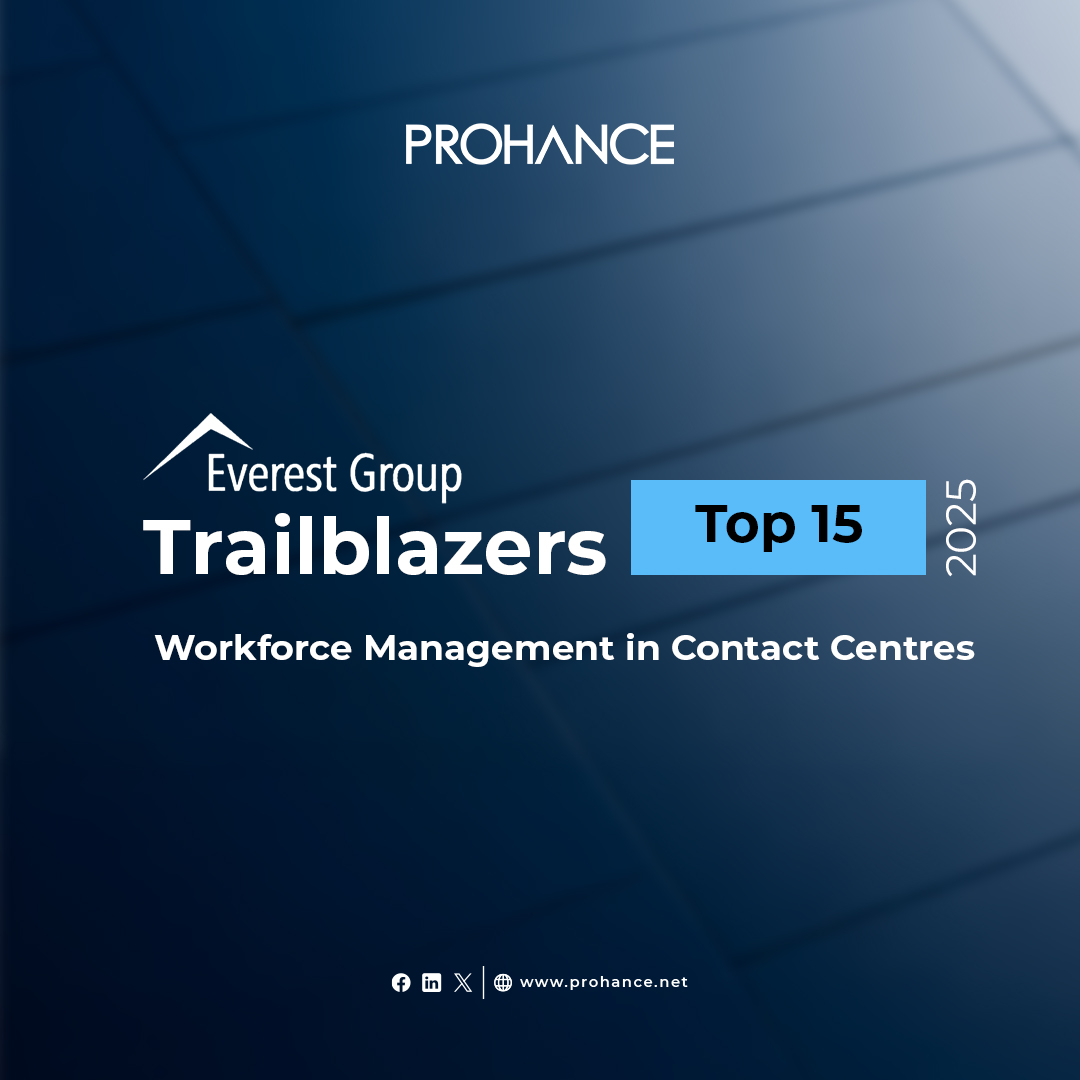Revenue Cycle Management Challenges: How Technology Can Be the Solution?
Table of Contents
Technology is evolving at a rapid pace, introducing new advancements in almost every industry and sector. Healthcare, too, has received a fair share of the latest tech that has revolutionized its operations. One of the key areas where technology plays a critical role is in revenue cycle management (RCM). Healthcare revenue cycle automation is no longer an optional feature to have but an essential component if a healthcare organization wishes to remain efficient and competitive.
Did you know that hospitals lose $262 billion on average in healthcare revenue cycle inefficiencies? Whether it’s claim submissions or collections, technology can streamline revenue cycle management, reduce errors, and improve a healthcare organization’s financial stability. Let’s take a closer look at revenue cycle management solutions.
AI Helps Optimize Revenue Cycle Management
Many healthcare organizations can see the benefits of technology, and over 46% of hospitals and health systems have already implemented revenue cycle management best practices in their operations. Already, AI has taken over more of the mundane tasks, like claim processing, coding, and even managing denials. This is just the beginning. As technology advances, healthcare will be one of the many sectors to benefit from it.
Let’s take a look at the key technologies driving RCM in healthcare.
Electronic Health Records
Paper is out, and all healthcare organizations maintain Electronic Health Records to track patients’ files online. This makes it easier to share and access patient data across providers in real-time.
Automated Billing and Coding Software
You’d be surprised to note that 80% of medical bills contain at least one error. These are mostly avoidable human errors, which can be easily taken care of by automated billing and coding software. This analyzes documents and ensures the right codes are applied, thus reducing the chance of errors.
Predictive Analytics for Denial Prevention
AI-powered tools are also gaining popularity by enabling potential claim issues before they arise. These tools analyze old data and search for patterns from past claims. This predictive analysis can forecast future denials and help prevent them.
Automated Claims Processing
AI-powered tools can quickly analyze large volumes of data and ensure compliance with payer requirements. NLP algorithms help tally clinical information with billing codes, thus reducing manual coding and the possibility of errors. This improves reimbursement accuracy, minimizes rejections, and optimizes cash flow.
Intelligent Payment Posting and Reconciliation
AI can also prevent revenue loss through automated payment processing. This not only accelerates revenue realization but can also immediately detect discrepancies, thus ensuring timely corrections.
Real-time Compliance Audits
Compliance and regulatory standards keep evolving. With AI-driven audits, it is easier to monitor and ensure adherence. This reduces administrative overhead while mitigating compliance risks.
Enhanced Patient Financial Engagement
AI supports accurate cost estimations and can also help prepare personalized payment plans. This goes a long way in improving patient satisfaction and increasing collection rates.
Benefits of Adopting RCM Software in the Healthcare Sector
Now that we’ve identified all the technologies that can be integrated into the overall revenue cycle, let’s consider the benefits they offer healthcare organizations.
Improved Cash Flow and Financial Management
The immediate benefit of streamlining the billing and claims process is faster payment. This is made possible because automated billing, coding, and claim submission significantly reduce human error and the likelihood of a claim denial.
Greater Efficiency and Enhanced Productivity
When repetitive and mundane tasks, such as claim submission, are automated, your office staff is free to focus on other, more complex and value-added tasks.
Data-Driven Insights
The AI-backed RCM technology can discover insights that can prove beneficial for your organization. These could be as simple as current trends in the industry or ways to optimize your billing process. This allows your organization to stay ahead of the curve and remain competitive even in the ever-changing landscape.
Challenges in Revenue Cycle Management Technologies
Despite its advantages, your organization could face some revenue cycle management challenges. Here are the top few to plan for.
Integration with Existing Systems
RCM technology needs to merge with the existing and future systems and tools seamlessly for it to work effectively, especially since records are managed online. Conduct extensive research before finalizing technology to ensure compatibility and a smooth workflow.
Cost of Implementation and Maintenance
There will be an initial cost that your organization needs to prepare for. The investment will depend on your requirements and the final selection of the new technology. If you’re transitioning from a manual to a digital system, you might need to invest more in equipment, like computers, which can be costly. Even if your organization already has the physical equipment, there are other costs involved with a new system, such as staff training and technology updates.
Regulatory Compliance
To remain in business, your organization must stay aware of the healthcare industry’s constantly changing regulations. Technology and processes are no exception and they must also remain compliant. Use compliance tracking software to help stay on top of the ever-changing regulations.
Staff Training and Adaptation
Any new technology will have hiccups, one of them being staff training and adoption. There could be resistance to a new way of doing things and a fear of learning complicated technology. Look for technology that is easy to use, intuitive, and user-friendly. Offer regular training and support to make the transition easier for your staff.
Understanding the challenges your organization could face is important to be aware of before deciding whether RCM systems are right for your organization. This allows you to prepare for the challenges before they occur, reducing any chance of you getting blindsided.
Taking the Next Steps
Revenue cycle management technology is no longer an option. Healthcare organizations such as yours can benefit tremendously from streamlined billing processes, ensuring physicians get paid faster. Further, AI can take over boring, repetitive tasks leaving your staff free to do more meaningful work.
Remember to do your research and find the right RCM technology that takes care of your requirements, including seamless integration, staff training, and compliance regulations.






